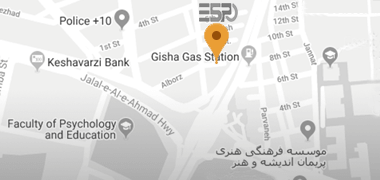
مسکونی
Location
تهران
Employer
آقای مهندس سلیمانی
Area
130 متر مربع
Execution Time
1388
اهمیت استفاده از طراحی داخلی حرفهای
1. ارتقای کیفیت زندگی: طراحی مناسب محیط زندگی میتواند به شما کمک کند تا از فضای خانهتان بیشترین استفاده را ببرید و احساس راحتی و آرامش بیشتری داشته باشید. طراحی داخلی مسکونی باید منعکسکننده سبک زندگی و سلیقه شخصی شما باشد.
2. بهبود عملکرد فضا: یکی از اهداف اصلی در دکوراسیون داخلی مسکونی، بهبود عملکرد فضاهای مختلف خانه است. با تنظیم صحیح چیدمان و انتخاب مبلمان مناسب، خانه به محیطی کارآمدتر و زیباتر تبدیل میشود.
3. خلق هارمونی و زیبایی بصری: یک طراح داخلی با تجربه میداند که چگونه باید از ترکیب متریالها، رنگها و نور برای ایجاد فضایی هماهنگ و زیبا بهره ببرد. انتخاب صحیح رنگهای دیوار، کفپوش و مبلمان میتواند احساس آرامش و تعادل را در خانه تقویت کند.










